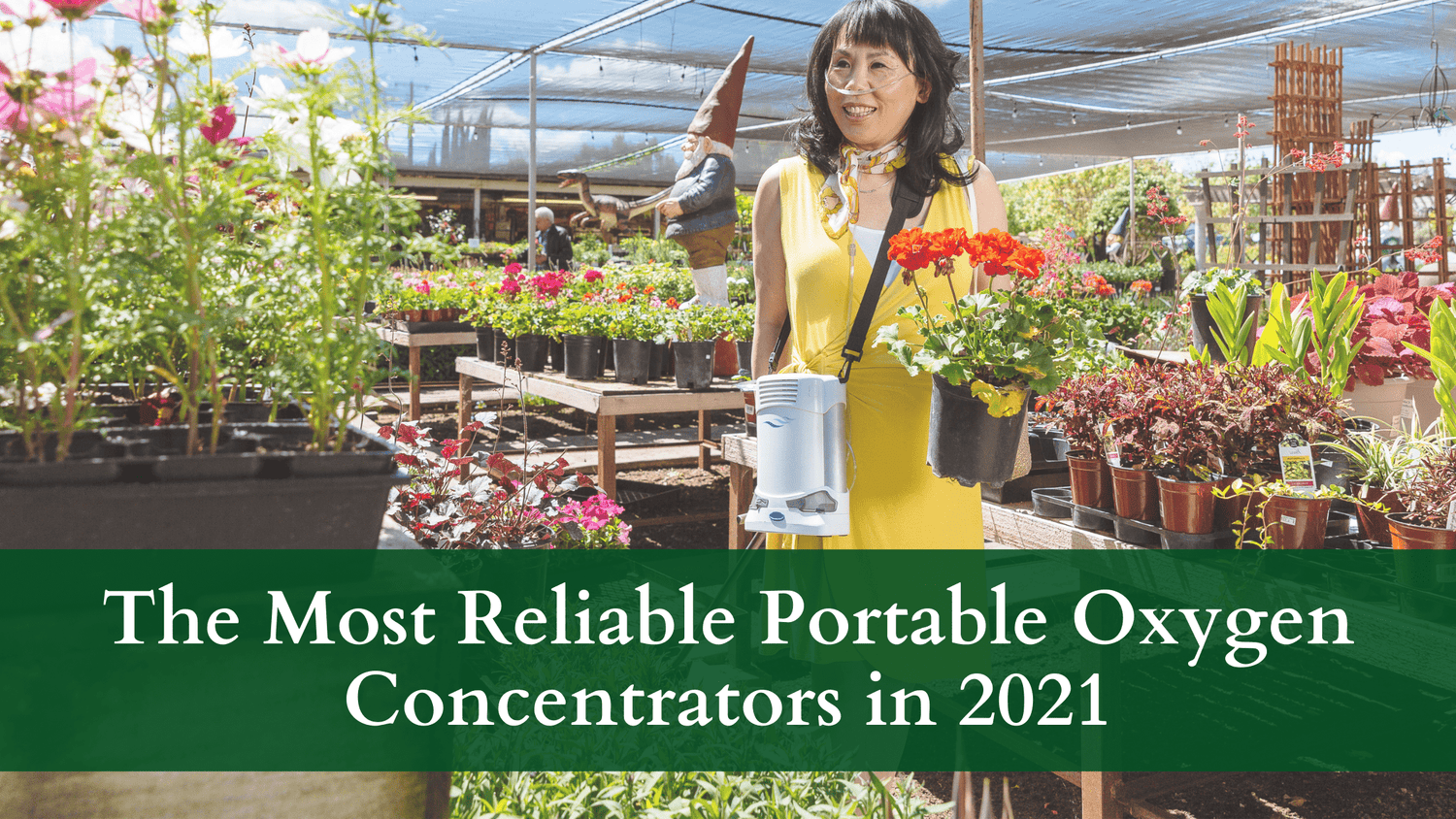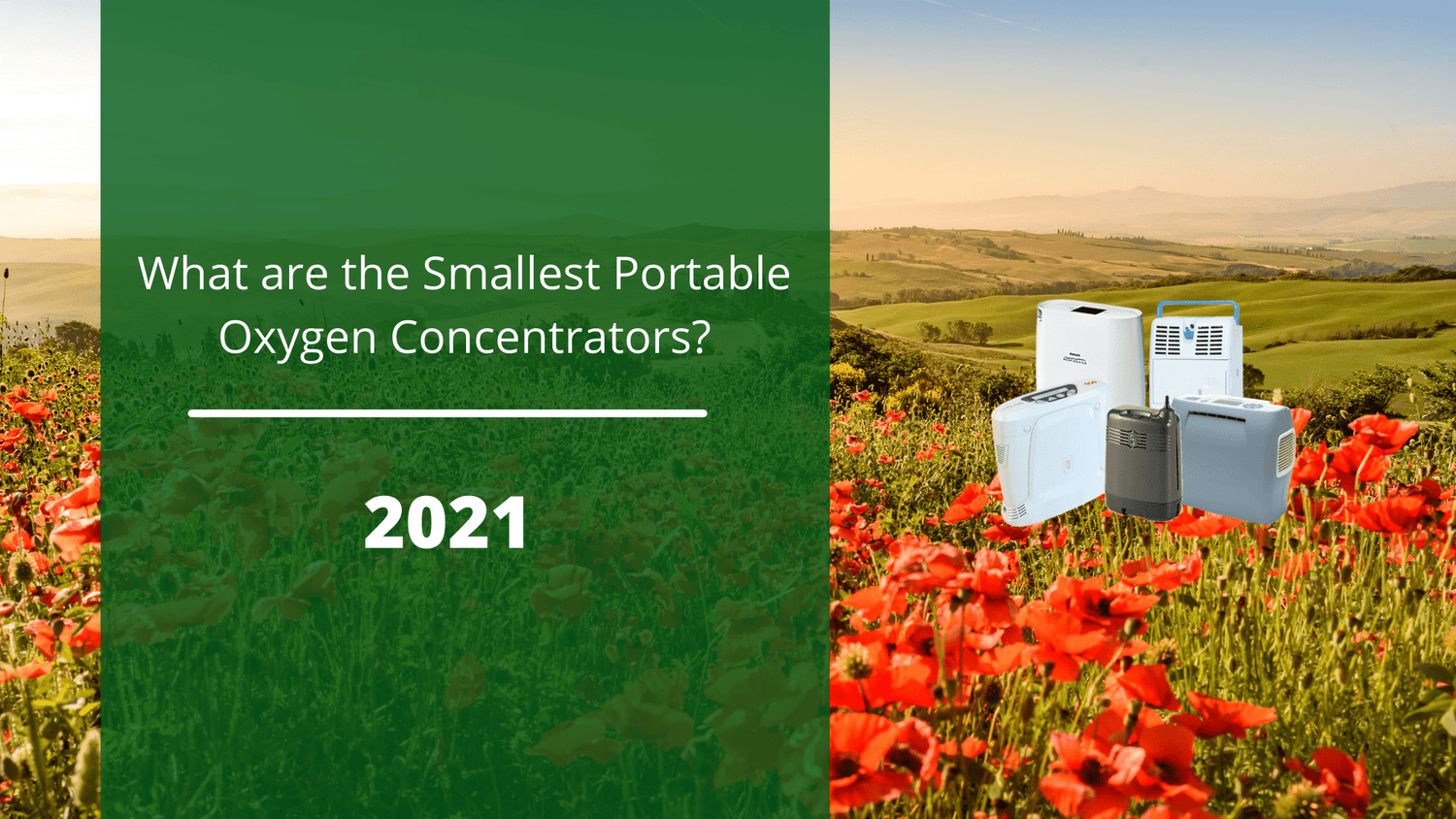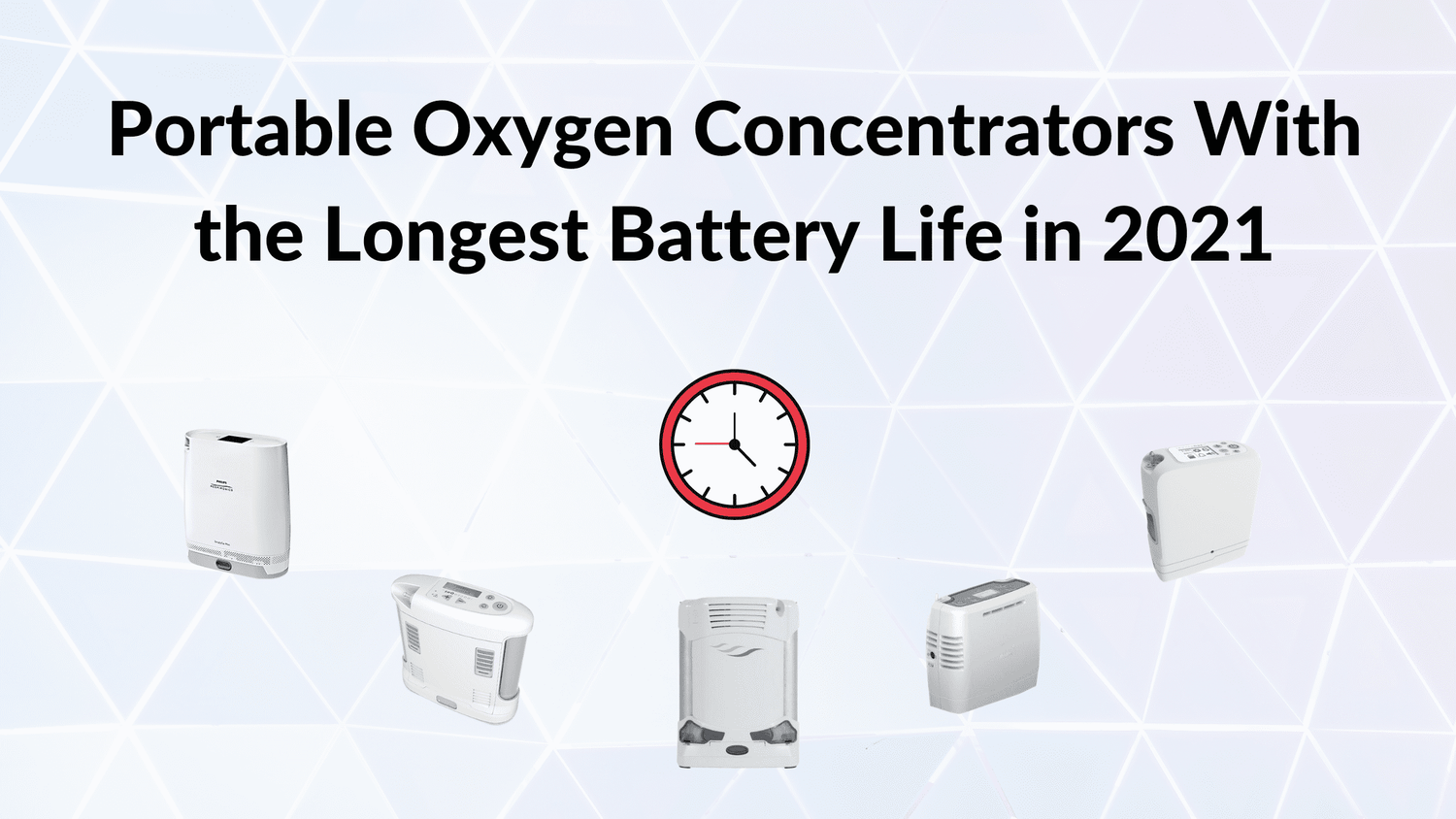Respiratory Resource Center - LPT Medical
The Most Reliable Portable Oxygen Concentrators in 2021
If you have chronic obstructive pulmonary disease (COPD), cystic...
Read MoreWhat are the Smallest Portable Oxygen Concentrators of 2021?
If you’re a respiratory patient with a condition...
Read MorePortable Oxygen Concentrators With the Longest Battery Life in 2021
Portable oxygen concentrators can be judged on a...
Read More


